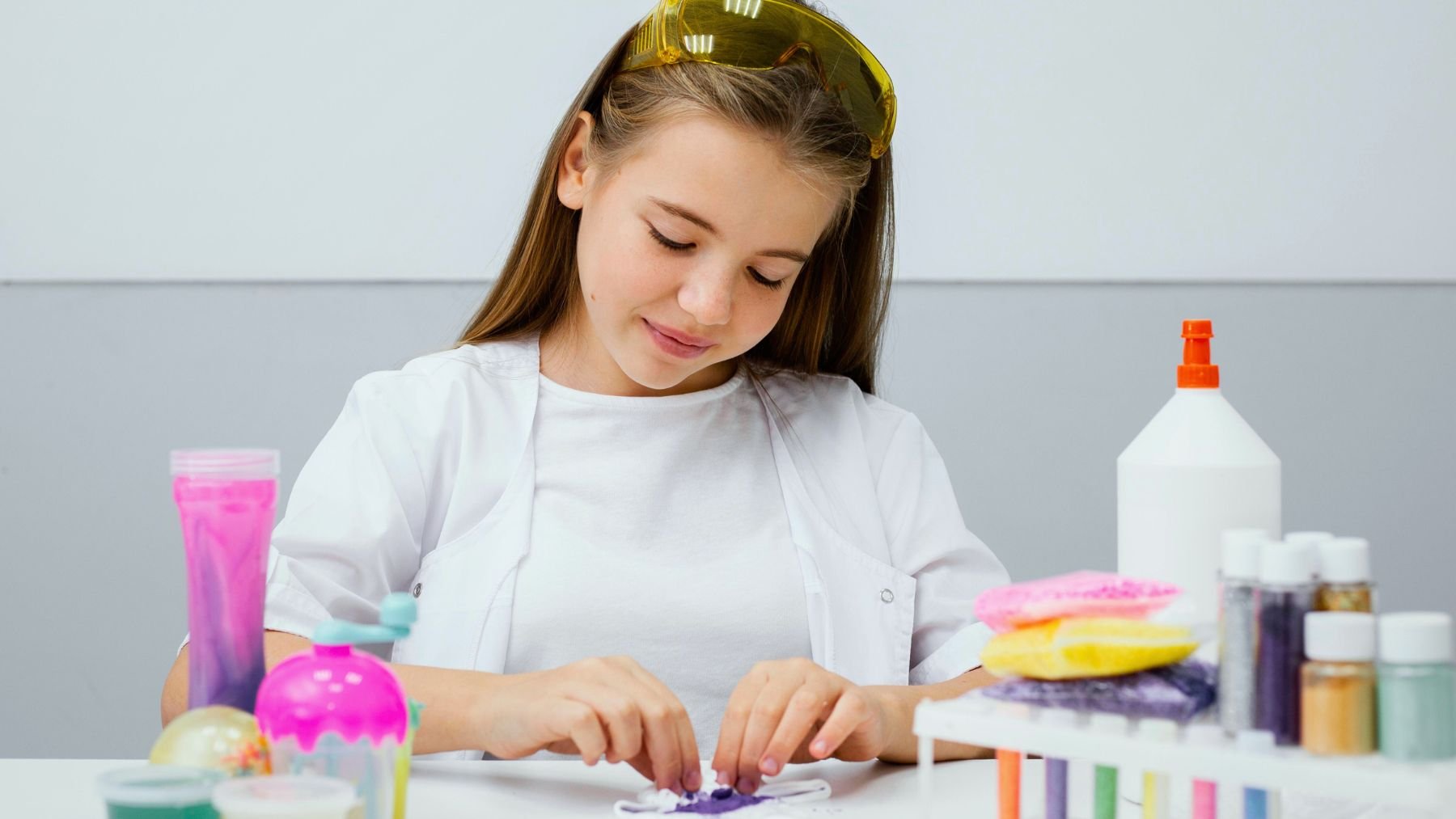Kids today have more access to coding classes and computer science, but classic hands-on skills tend to disappear from most classrooms. There’s a craft that doesn’t rely on screens and can do more than just keep kids busy. It helps shape how they think, focus, and use their hands.
We’re talking about sewing, an ancient activity that has many real-life purposes and can bring several benefits for children. Here, we’ll look at how sewing helps kids strengthen both their minds and fine motor skills, why it can be useful to cultivate in today’s world, and how to get them started at home or in school, even if you’ve never threaded a needle yourself.
Sewing: one of the top skills today’s kids can learn
Sewing teaches patience, coordination, and focus. As kids learn how to thread a needle, follow a pattern, or measure and cut fabric, they’re also training their brains to slow down, follow steps, and think through a process. These can be essential skills, especially in an age of constant distractions.
Sewing activates both sides of the brain. The left hemisphere handles tasks that rely on logic and sequencing, like counting stitches, measuring fabric, and following patterns. The right hemisphere is engaged through creative choices such as picking colors and designing layouts. Using both types of skills supports cognitive flexibility, which helps kids shift between different ways of thinking and manage multiple ideas at the same time.
It’s also great for fine motor control. The act of sewing strengthens small muscles in the fingers and improves hand-eye coordination, which supports writing, drawing, and typing.
But this craft also supports emotional regulation. The repetitive motion has a calming effect, helping kids focus on the task in front of them. This can be especially helpful for children dealing with anxiety or stress. Like coloring or building with blocks, sewing allows kids to slow down, work through frustration, and find satisfaction in seeing a project through.
Confidence is another key benefit. Finishing a project—even something as small as a patch or a drawstring pouch—gives kids a sense of pride. They see their progress in real time, and that builds belief in their ability to learn new things and stick with a challenge.
Besides, sewing is quite practical. Learning how to fix a button or hem a pant leg can help kids feel capable and independent. It’s a skill they’ll carry for life, and one that teaches them that not everything needs to be replaced or thrown away.
How to help kids start sewing at home
The best part about sewing is that it’s easy to try without much investment. You don’t need a machine or a fully stocked craft room, just a few basic supplies and a bit of guidance. Here’s how your kid can begin:
- Start with a simple sewing kit: Look for one with blunt needles, embroidery floss or thicker thread, felt squares, and a pincushion.
- Choose beginner-friendly materials: Felt is great because it doesn’t fray. Old t-shirts or fabric scraps also work well for practice.
- Begin with hand sewing: Teach kids a basic running stitch and whip stitch. Skip patterns at first, just let them experiment with shapes or lines.
- Use visual instructions: Try online videos or illustrated guides that show step-by-step actions.
- Make space for mistakes: Let kids undo stitches or redo parts. This teaches problem-solving and resilience.
- Sit and sew together: If you don’t know how, learn with them. It’s a good way to connect and model patience and focus.
Sewing builds motor skills, teaches patience, and gives kids a break from screens. It may be time to bring this forgotten craft back into homes and classrooms.

